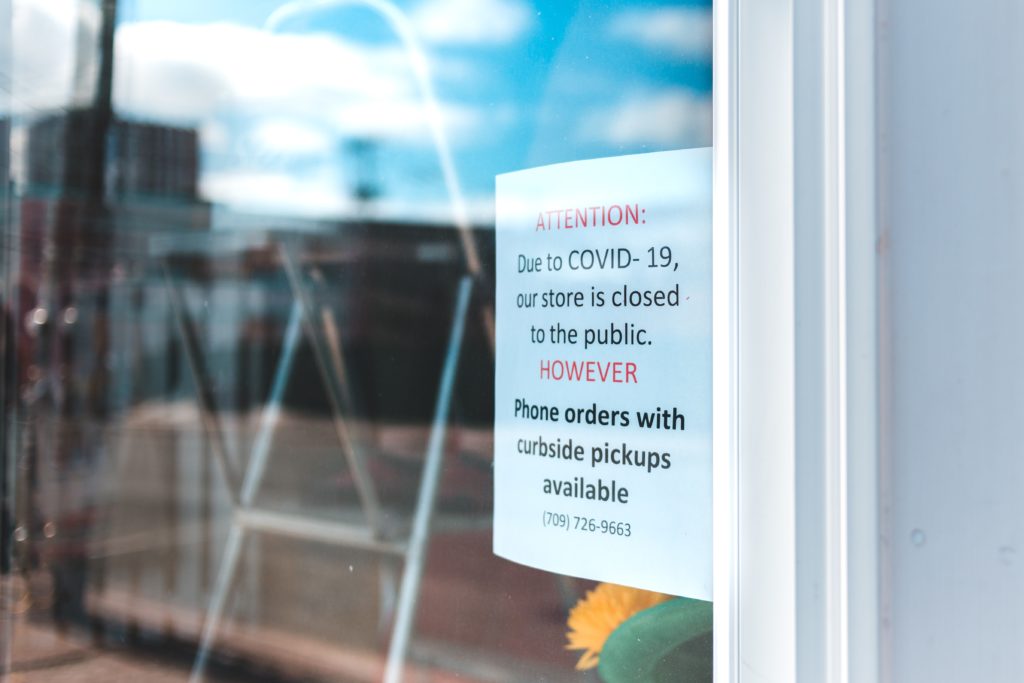Home// Articles// Fundraising// Advice for Founders During Uncertain Times
Advice for Founders During Uncertain Times
 Jamie Goldstein
Partner at Pillar
Jamie Goldstein
Partner at Pillar
Having been in the VC business for 22 years now, we have had the misfortune of living through at least two major downturns. While each has its own unique characteristics, there are a few lessons that may be relevant in responding to the latest crisis.
Let me first note that every company faces a different situation and what’s right for yours could depend on stage, funding history, cash balance and, perhaps most notably space.
Some companies make be seeing a serious uptake in business activity as a result of coronavirus (ie Zoom). For those lucky few, congratulations. You can stop reading now…this post is not for you.
For the rest of us, let’s first acknowledge that we don’t really know how deep or how long this turndown will be. We wouldn’t be in the startup business (as Founders or Investors) if we weren’t naturally optimists, but now is a good time to consider downside scenarios — that is, it could be deep (ie customers stop/slow purchases dramatically) and it could be long (ie 18+ months before it returns to “normal”).
Given that backdrop, What to do falls into three buckets:
💰 Fundraising
👓
Operational Focus
🔥
Reducing burn rate

Fundraising
The first thing I’d be thinking about is can I raise money right now. Perhaps we just closed a round a few weeks ago, a few quarters ago or even a year ago. Would we take money on those exact terms today and who would we approach? Maybe someone who got cut out of the last round when allocations became tight — or were outbid. Approaching an investor to “crack open” an old round whether progress since has been dramatic, or not — is far more appealing to them then having to go through the process of diligence and pricing a new round.
I was speaking to a Founder last week who had just closed a seed round of $2.5M at $12M post. He would gladly take another $1M to extend his runway in exchange for the extra 7% dilution. And as existing investors, we would welcome it too.
Could you find someone to give you a premium over the last round — or even give you money that will convert into the next round at a discount? Perhaps — but this is the classic “fear versus greed” tradeoff — and given the outlook, fear might be taking the lead.


Operational Focus
The startup industry has been living in pretty good times for over a decade. Valuations have been high (relative to historic levels) and as a result the “cost of equity” has been relatively low.
The “cost” of equity may have just increased.
Think of it this way, if your company is burning $250K per month, and you raised money most recently at $12M post-money, you are “burning” 2% of the company’s equity every month, and therefore the equity held by every shareholder too.
That might be the exact right burn rate — you may be working on exactly the right projects — and only those projects — but history has shown that when money is easy, projects that are “nice to have” rather than “must-have” creep into the picture. Marketing initiatives that are good, not great, continue to run. Now is the time to think hard about focusing your effort and your cash on the smallest possible surface area.

Reducing Burn Rate
If in fact, you decide you need to reduce expenses, a few thoughts you might consider:
1.
Cut pay for all employees equally
2.
Mandatory Furlough
3.
Reduction in Force
4.
Look at non-labor expenses
Do Not Lose Faith
This too shall pass and when it is behind us, the world will continue to need innovation and the crazy founders that make it happen. You will be rewarded for your effort and for smartly navigating the months to come.




